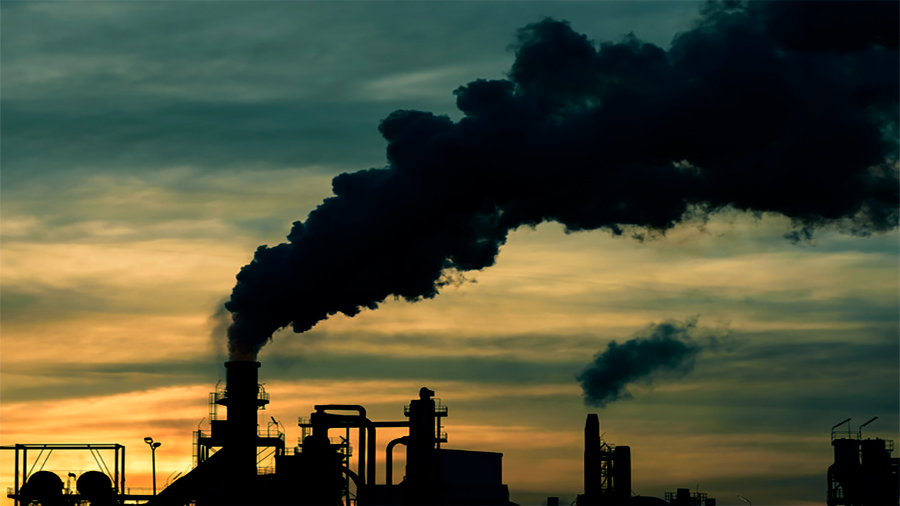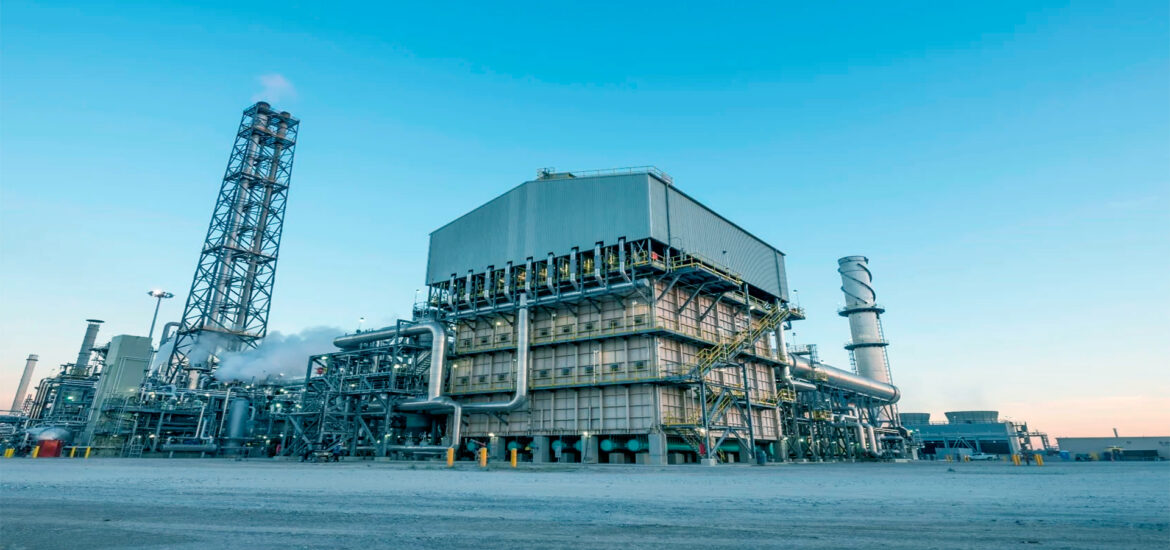Loans For Environmental Modernisation Of Production Facilities
Modern industries face mounting pressure to align their operations with environmental goals. Governments impose stricter emissions standards, customers demand cleaner supply chains, and investors reward sustainable practices. For many companies, environmental modernisation is no longer optional—it is a competitive necessity. Yet these upgrades often require substantial capital: new machinery, renewable energy systems, and waste treatment technologies can stretch budgets beyond available reserves. Loans dedicated to green modernisation provide a practical solution, enabling firms to reduce emissions, cut energy consumption, and future-proof their operations while spreading costs over manageable repayment periods.
Why Borrowing Is Crucial For Environmental Modernisation
Adopting environmentally friendly technologies requires significant upfront investment. Energy-efficient furnaces, advanced filtration systems, or solar panel installations may eventually lower costs, but the initial outlay is often prohibitive without financing. Loans give companies immediate access to these improvements, making it possible to comply with regulations and secure reputational advantages. Moreover, borrowed funds accelerate transformation, ensuring that businesses do not lag behind competitors. Financing becomes not just a way to pay for upgrades but also a tool to enhance resilience, reduce long-term risks, and unlock efficiency savings that repay the investment over time.
The Balance Between Cost And Savings
Although loans increase liabilities, they often create net financial gains. Energy savings, reduced waste disposal fees, and tax incentives can outweigh interest payments, making borrowing a rational choice.
Types Of Loans Available For Green Upgrades
Financial institutions now offer a variety of credit products designed to support environmental modernisation. These include traditional secured loans, specialized green loans, and government-subsidized financing. Each option comes with distinct conditions, repayment terms, and eligibility requirements. Understanding their differences helps companies select the right tool for their specific projects.
| Loan Type | Purpose | Special Features | Typical Borrowers |
|---|---|---|---|
| Secured Commercial Loan | General modernization and equipment purchase | Collateral required, moderate rates | Large and mid-sized companies |
| Green Loan | Specifically tied to environmental projects | Preferential rates, sustainability-linked terms | Companies investing in clean tech |
| Government-Subsidized Loan | Supporting national environmental policies | Partial guarantees, tax benefits, lower interest | SMEs and industries under regulatory pressure |
| Development Bank Loan | Large-scale industrial transformation | Extended repayment periods, technical support | High-impact industries and infrastructure projects |
Choosing The Right Structure
Firms with strong balance sheets may prefer commercial loans, while SMEs often benefit more from subsidized or green loans with government guarantees. The choice depends on both project scale and repayment capacity.

How Loans Support Emission Reduction Projects
One of the primary goals of environmental modernisation is cutting emissions. Borrowed funds allow firms to install advanced filtration systems, adopt cleaner production technologies, or switch to renewable energy. These investments not only reduce carbon footprints but also help companies avoid penalties for non-compliance. Many jurisdictions now enforce carbon taxes or emissions trading schemes, making it financially advantageous to act early. Loans ensure that even capital-constrained businesses can participate in this transition, avoiding long-term costs of regulatory fines and reputational damage.
Example Applications
Loans have financed the replacement of coal-fired boilers with natural gas systems, installation of carbon capture technologies, and upgrades of production lines with energy-efficient motors. Each case demonstrates how credit accelerates environmental compliance.
Energy Efficiency As A Driver Of Borrowing
Another major focus of environmental modernisation is energy consumption. Manufacturing and heavy industries consume vast amounts of electricity and heat, making efficiency upgrades critical. Borrowed funds can cover expenses for energy-efficient machinery, automation systems that optimize power use, or on-site renewable generation. Over time, lower energy bills generate significant savings, improving repayment ability and profitability. In some cases, lenders offer sustainability-linked loans where interest rates decrease if companies achieve defined energy efficiency targets, creating additional incentives for responsible investment.
| Technology | Financed By Loans | Impact On Energy Use | Repayment Justification |
|---|---|---|---|
| LED Lighting Systems | Factory and office retrofitting | Reduces electricity use by up to 70% | Lower bills quickly offset loan costs |
| High-Efficiency Motors | Production line upgrades | Cuts energy losses in manufacturing | Improved efficiency reduces operating costs |
| Solar Panel Installations | Rooftops or adjacent land | Generates renewable energy onsite | Savings on grid electricity aid repayment |
| Energy Management Software | Automation and smart grids | Optimizes energy flows in real time | Reduces waste and boosts productivity |
Financial Payback
Efficiency projects often deliver clear payback timelines. Lenders are increasingly willing to finance them because projected savings provide reliable assurance of repayment capacity.
Waste Reduction And Resource Efficiency
Beyond energy and emissions, loans also support projects targeting waste reduction and circular economy initiatives. Financing enables companies to install recycling facilities, develop closed-loop water systems, or redesign packaging lines. By reducing waste streams, firms not only comply with stricter regulations but also cut disposal costs and sometimes generate new revenue by selling recycled materials. These projects demonstrate how environmental and financial benefits can align through effective borrowing.
From Liability To Opportunity
Waste once seen as a cost can become a resource. Loans help companies make the leap, transforming liabilities into profit centers while improving sustainability credentials.

Comparing Environmental Loan Benefits And Risks
Although loans provide critical support for environmental modernisation, they come with responsibilities. Companies must weigh potential benefits against the risks of overleveraging or technology underperformance. The following comparison illustrates the key dimensions.
| Aspect | Benefits | Risks |
|---|---|---|
| Emission Reduction Projects | Compliance, tax savings, improved reputation | High upfront cost, uncertain regulatory changes |
| Energy Efficiency Projects | Lower bills, competitive advantage | Technology may underperform, slower payback |
| Waste Reduction Projects | Reduced disposal costs, new revenue streams | Implementation challenges, cultural resistance |
| Access To Green Loans | Preferential rates, sustainability-linked incentives | Administrative complexity, reporting obligations |
Managing The Risk Profile
Responsible borrowing involves careful feasibility studies, pilot testing, and transparent communication with lenders. By demonstrating realistic payback scenarios, companies can secure favorable terms and avoid financial strain.
The Strategic Role Of Borrowing In Sustainability
Loans for environmental modernisation are not just financial tools—they represent strategic commitments to sustainability. By borrowing responsibly, firms align themselves with global climate goals and position their operations for long-term success. Investors increasingly reward companies that integrate sustainability into financial strategies, while customers favor brands with visible eco-friendly practices. Borrowing thus becomes a bridge between immediate financial constraints and long-term environmental obligations. Companies that act decisively now gain reputational, operational, and regulatory advantages that competitors may struggle to replicate later.
Embedding Sustainability Into Finance
Lenders themselves are under pressure to demonstrate green portfolios. This dynamic ensures that financial institutions are willing partners in supporting eco-modernisation, further lowering costs for responsible borrowers.
The Conclusion
Loans for environmental modernisation of production facilities enable companies to tackle emissions, improve energy efficiency, and adopt circular economy practices. Through a mix of commercial, green, and government-subsidized loans, businesses access the capital needed to comply with regulations and secure long-term competitiveness. The use of borrowed funds in emission control, energy savings, and waste reduction demonstrates how finance can drive ecological and economic performance simultaneously. With careful planning and disciplined borrowing, firms turn environmental obligations into opportunities, ensuring that sustainability becomes a driver of growth rather than a burden on resources.

